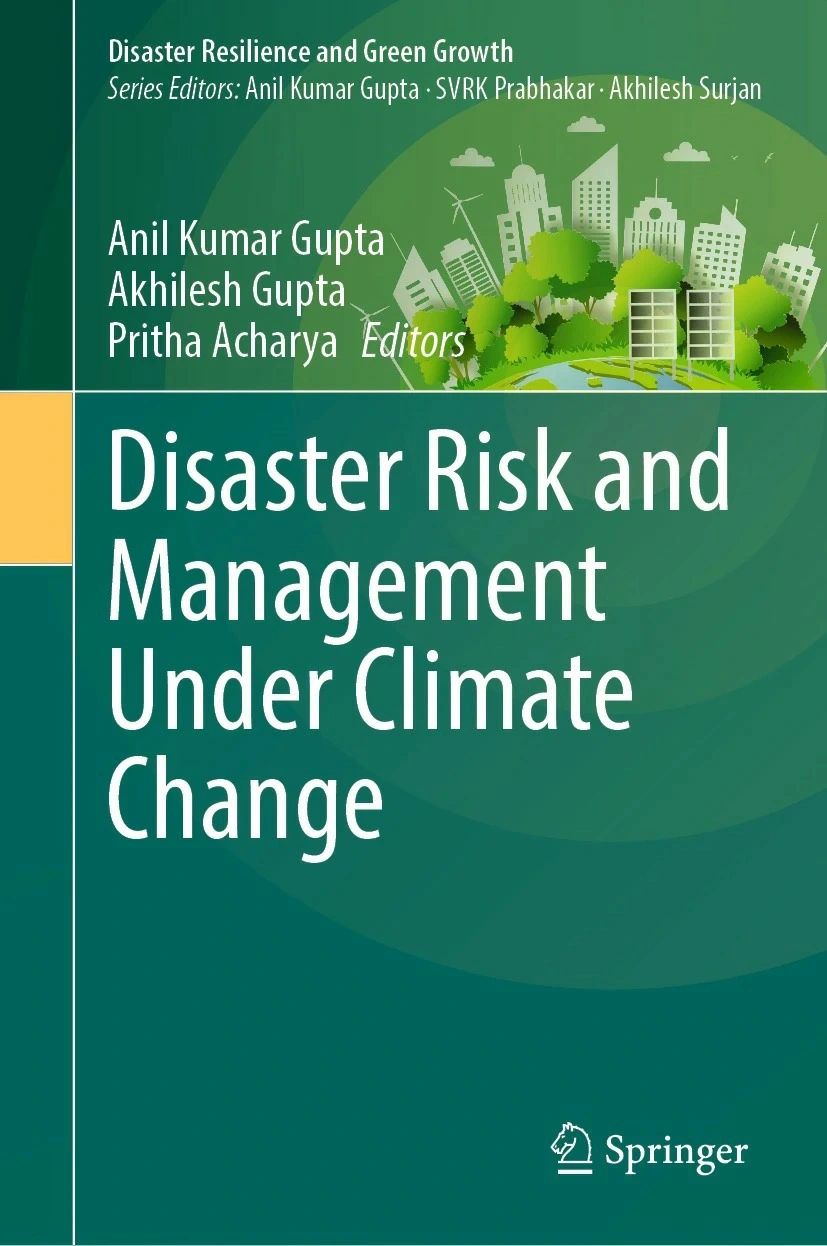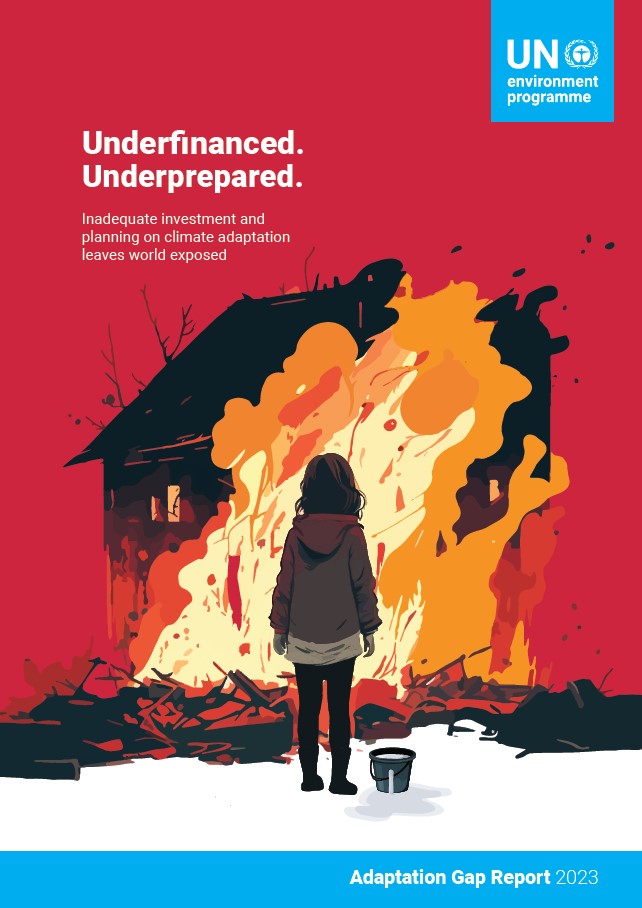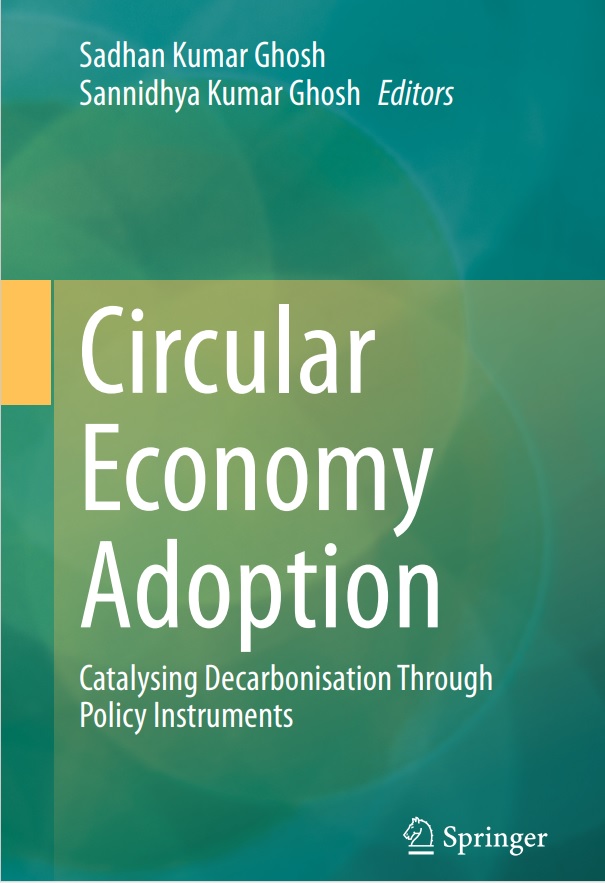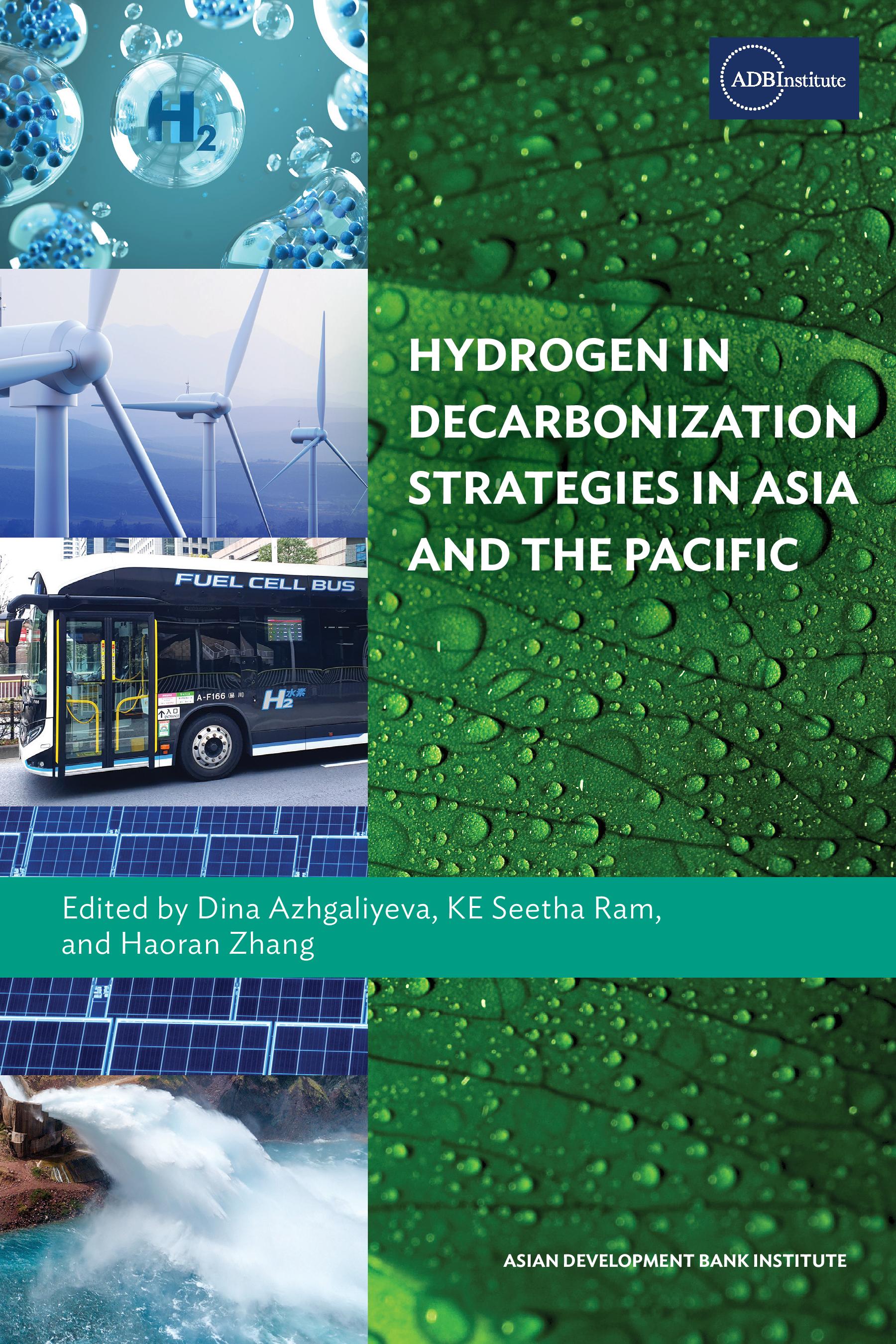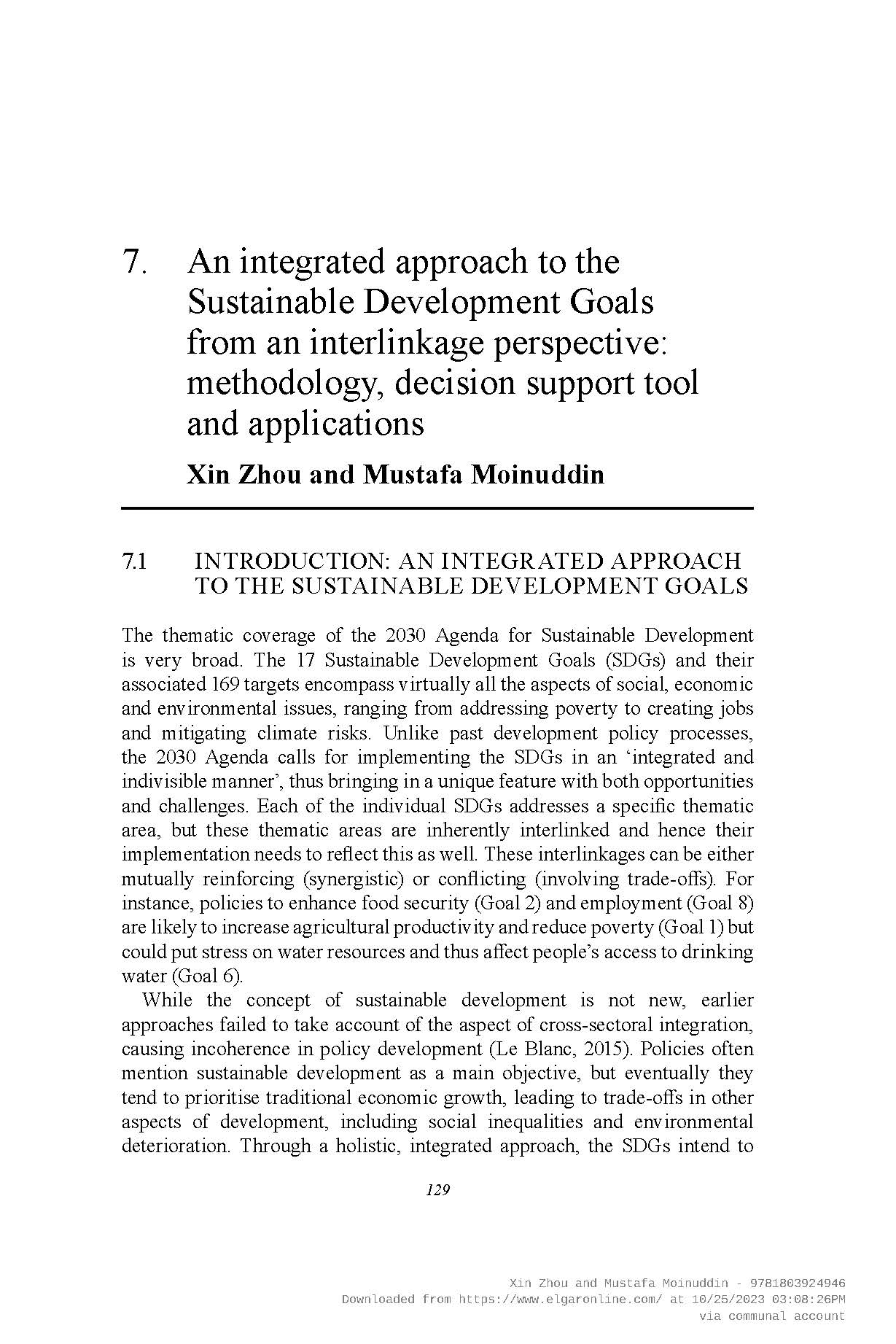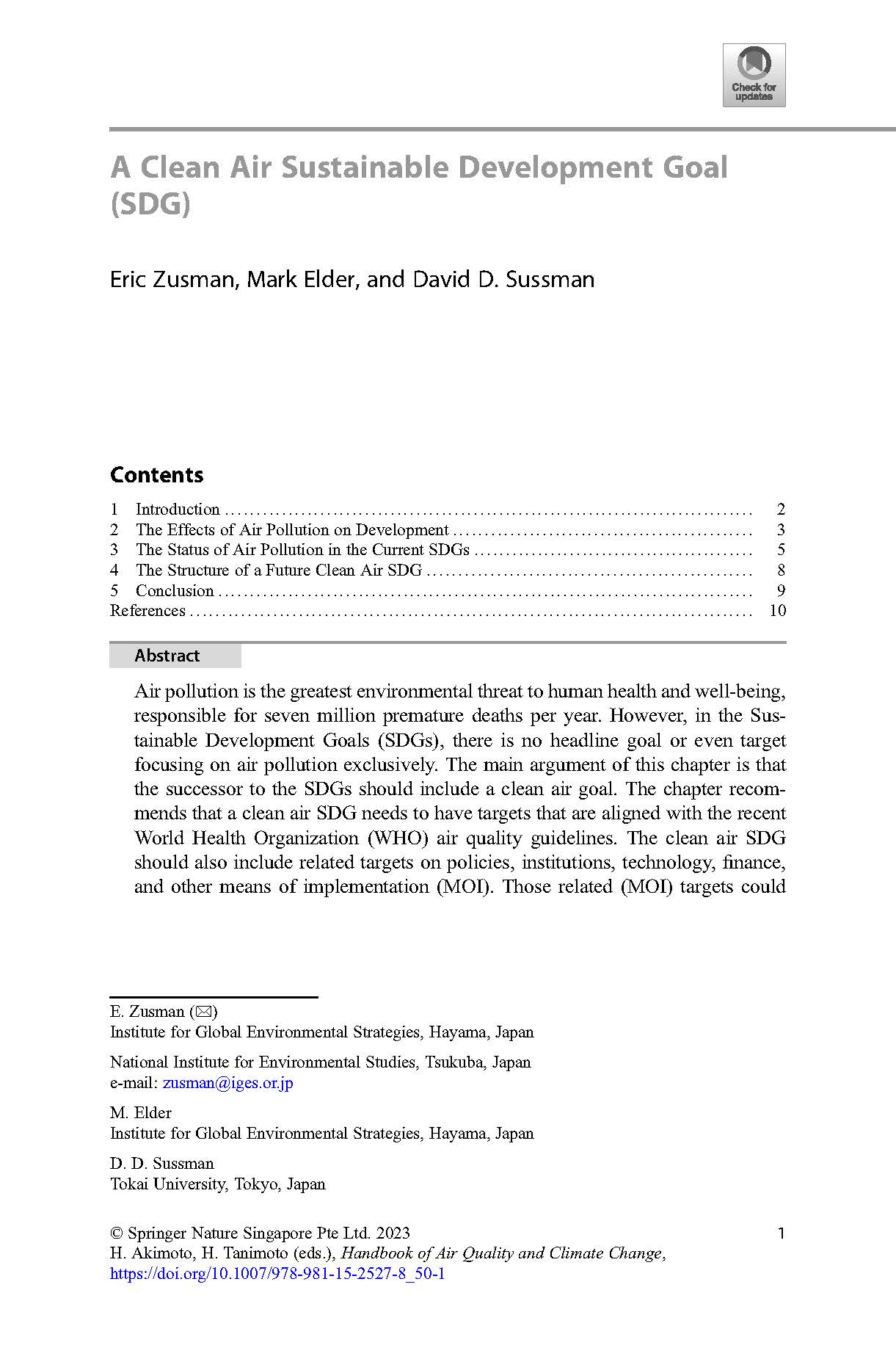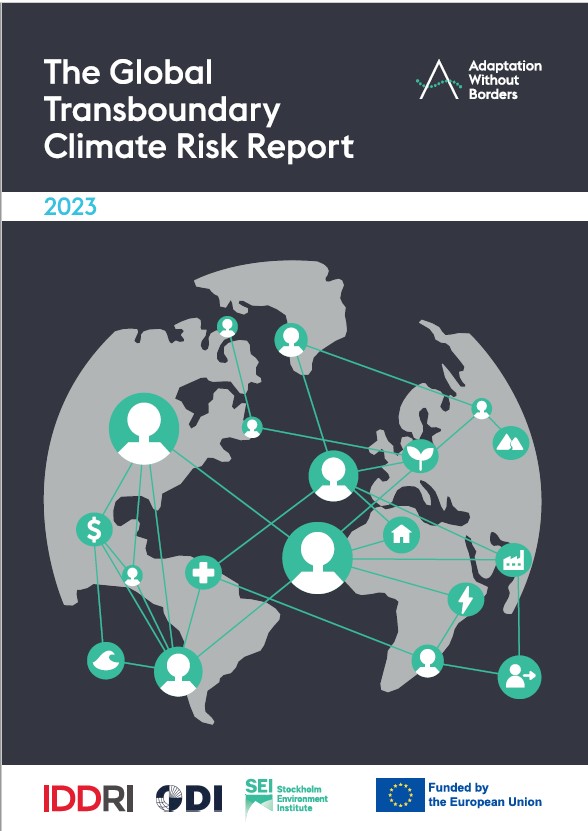In Disaster Risk and Management under Climate Change
Equity and fairness have a high significance in Disaster Risk Reduction and Climate Change Adaptation as it is evident that disasters affect communities differently depending on their developmental levels, and social status. Any public policy or intervention on disaster risk reduction deals with communities that are at different ‘starting lines’ in...
Keywords:

